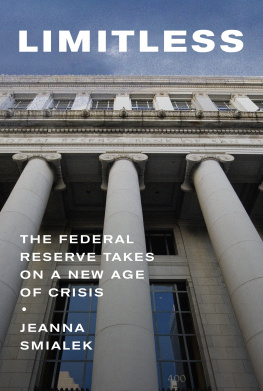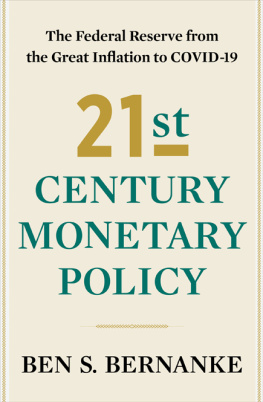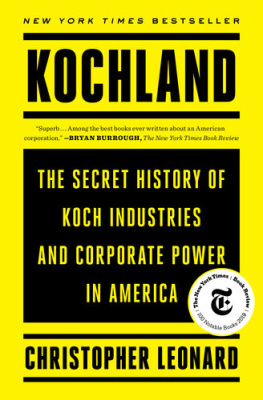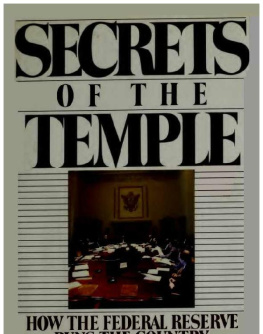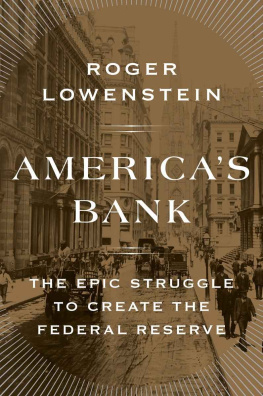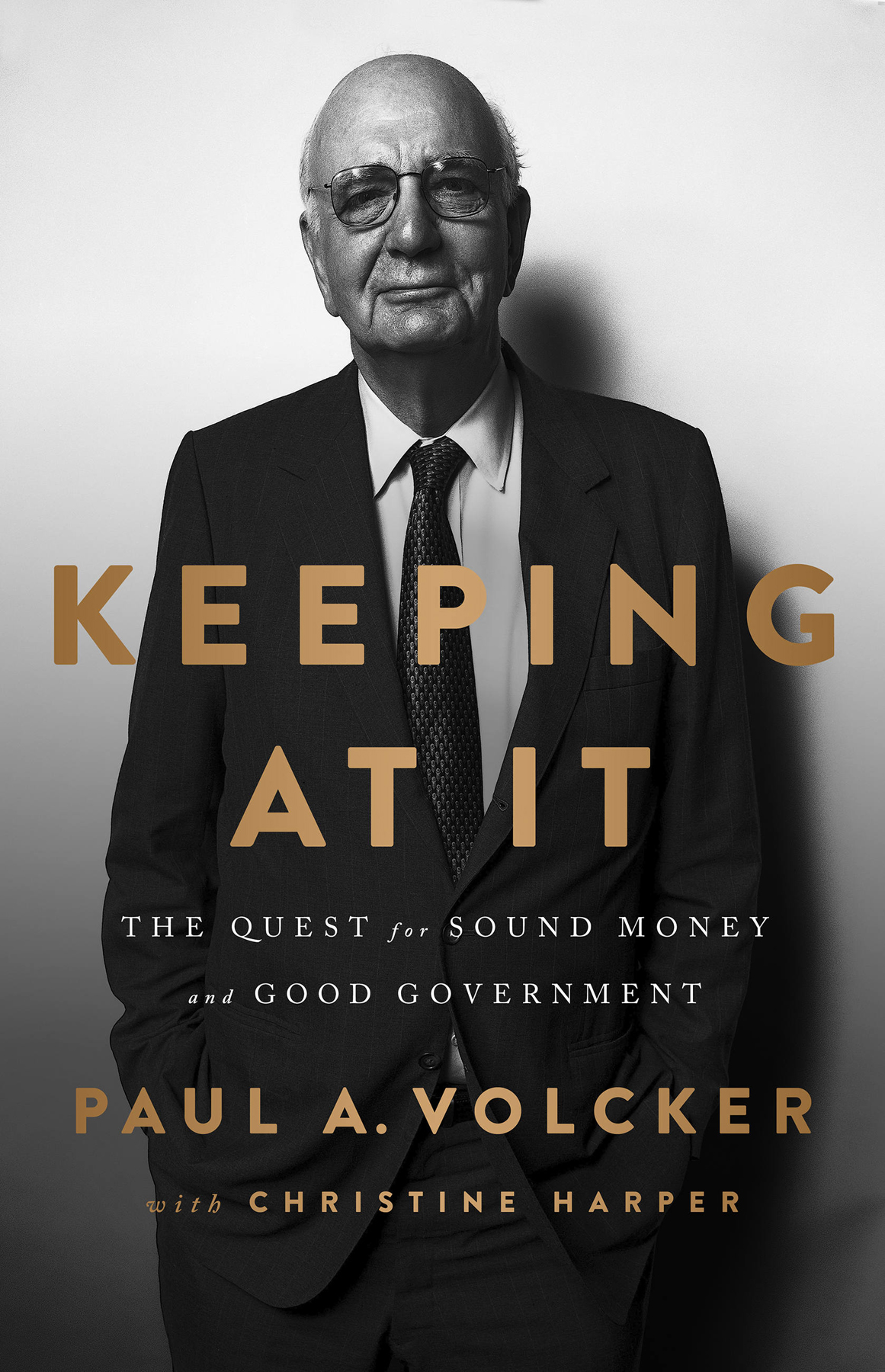| September 5, 1927 | Paul A. Volcker Jr. born in Cape May, New Jersey. |
| 1930 | Volcker family moves to Teaneck, New Jersey, where Paul Sr. becomes town manager for twenty years. |
| July 1944 | International Monetary Fund (IMF) and World Bank are created. |
| 1949 | Volcker graduates from Princeton with highest honors for senior thesis on the Federal Reserve. |
| 1951 | Volcker leaves Harvard Universitys Graduate School of Public Administration after passing the general exam for his PhD. |
| March 3, 1951 | Treasury-Fed Accord reestablishes the Federal Reserves independence from the Treasury. |
| April 2, 1951 | William McChesney Martin becomes Federal Reserve Board chairman. |
| 19511952 | Volcker is Rotary fellow at the London School of Economics. |
| 1952 | Volcker joins New York Fed as junior economist, moves to Brooklyn Heights, New York, close to the Brooklyn Dodgers. |
| September 11, 1954 | Volcker marries Barbara Marie Bahnson in Jersey City, New Jersey. |
| August 20, 1955 | Janice Louise Volcker born. |
| 1957 | Volcker moves to Plainfield, New Jersey, and joins Chase as a research economist. |
| May 10, 1958 | James Paul Volcker born. |
| January 8, 1962 | Volcker joins Treasury as director of the new Office of Financial Analysis under Robert Roosa and Secretary Douglas Dillon. |
| November 18, 1963 | Volcker named to succeed J. Dewey Daane as Treasurys deputy under secretary of monetary affairs. |
| November 22, 1963 | Kennedy assassinated, Lyndon Johnson becomes president. |
| December 31, 1964 | Roosa leaves Treasury to join Brown Brothers. |
| April 1, 1965 | Fowler succeeds Dillon as Treasury secretary. |
| October 6, 1965 | Johnson clashes with Federal Reserve chairman Martin at White House, calls for delay in raising interest rates. |
| November 1965 | Volcker joins Chase as director of forward planning and moves to Montclair, New Jersey. |
| January 20, 1969 | President Richard Nixon inaugurated. |
| January 22, 1969 | Volcker attends meeting with Nixon, David Kennedy, and Charls Walker in the Oval Office. Volcker officially nominated as Treasury under secretary for monetary affairs, the best job in the world. |
| February 1, 1970 | Arthur Burns replaces Martin as chairman. |
| February 11, 1971 | John Connally sworn in as Treasury secretary. |
| May 28, 1971 | Connallys international debut at banking conference in Munich, Germany. |
| August 15, 1971 | Nixon closes gold window, ending official convertibility of the dollar into gold at $35 per ounce, as part of his new economic policy. |
| September 15, 1971 | Connally tells Group of Ten meeting in London that the United States wants a $13 billion swing in its balance of international payments. |
| November 30, 1971 | Group of Ten meeting in Rome. |
| December 14, 1971 | Nixon agrees with Frances Georges Pompidou in the Azores to devalue dollar and revise exchange rates without restoring convertibility of the dollar into gold. |
| December 18, 1971 | Group of Ten reaches multilateral Smithsonian Agreement on exchange rates; dollar devalued and official gold price rises to $38 an ounce. |
| May 16, 1972 | Nixon names George Shultz to succeed Connally. |
| June 23, 1972 | Committee of Twenty created to address international monetary reform. |
| February 12, 1973 | Dollar depreciated by about 10 percent relative to other major currencies; official gold price changes to $42.22 an ounce. |
| March 9, 1973 | Group of Ten meeting in Paris ends with acceptance of temporary float. |
| September 1973 | Effort to negotiate new monetary system, led by Volcker, abandoned. |
| April 8, 1974 | Volcker resigns and says hell leave Treasury after Committee of Twenty meeting in June. |
| August 9, 1974 | Nixon resigns, Gerald Ford becomes president. |
| September 11, 1974 | Volcker named senior fellow of the Woodrow Wilson School. |
| August 1, 1975 | Volcker becomes New York Federal Reserve Bank president. |
| December 27, 1977 | President Carter nominates G. William Miller to replace Arthur Burns at Fed. |
| July 15, 1979 | Carters malaise speech. |
| July 19, 1979 | Carter names Miller to replace Michael Blumenthal as Treasury secretary. |
| August 6, 1979 | Volcker replaces Miller at Fed; Miller becomes Treasury secretary. |
| August 16, 1979 | Board raises discount rate to 10.5 percent from 10 percent. |
| September 18, 1979 | Board raises discount rate to 11 percent, but three of the seven members dissent: Charles Partee, Nancy Teeters, Emmett Rice. Gold and silver surge in wild speculative trading. |
| October 2, 1979 | Volcker leaves IMF meeting early, flies back to DC. |
| October 6, 1979 | Meeting of the Federal Open Market Committee (FOMC) to agree to new policy package, unveiled at 6 p.m. press conference. Plan includes increase in discount rate to 12 percent, new reserve requirements, and a new focus on controlling the money supply instead of short-term interest rates. |
| March 14, 1980 |


